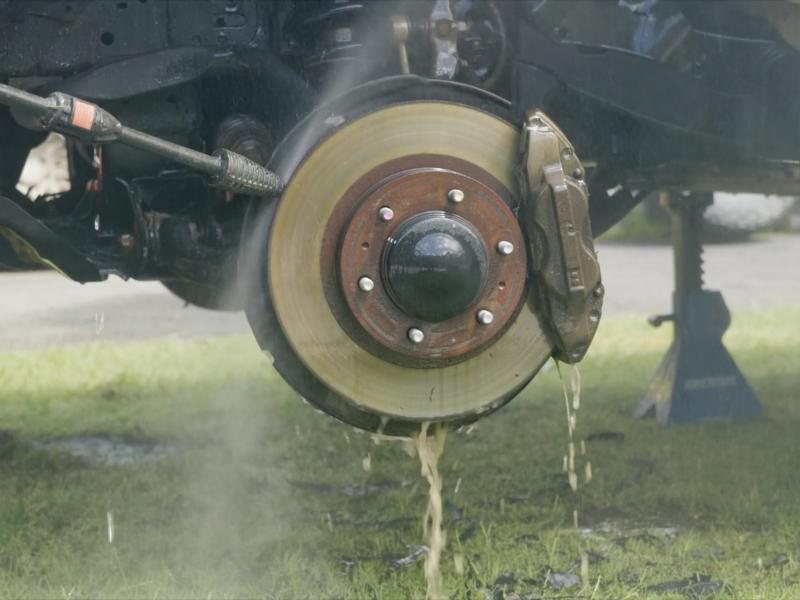Many of the most memorable off-road and overland adventures involve river crossings.
Exciting. Fun. Also a bit risky, even for old hands who’ve done hundreds of crossings.
The big point to remember is that every water crossing is a new river crossing. North Island rivers are different (often deeper) than the braided rivers of the south.
Even when it’s the second crossing at the same point on the same day, it’s a mistake to assume the base of the creek or stream will behave the same on second approach as it did first time around.
River crossings can easily catch a driver off-guard. Established tracks often offer more assurance of a suitable entry and exit, but many enjoy tackling water obstacles on their own terms.
Like other hazards, it’s often a good idea to get out of the truck and walk them first. Identify a good entry and exit to the river, somewhere that doesn’t have too many obstacles or potential hazards.
If unsure of the depth, use the ‘splash-click’ method. Pick up a hand-sized rock and toss it into the waterway. The time between the splash and click is a good measure of depth.
Walk through the crossing to choose a line across, and watch out for hazards in your path: big boulders, deep patches, rapids and so on. A good pair of polarised sunglasses will cut glarer and reveal hazards.
Choose the right gear, as it’s easy to get bogged down changing gear mid-crossing.
A good starting point is 4WD low and second gear, which is tall enough to enable the vehicle to build momentum.
Ease down the bank, feeling for the available grip, and drive smoothly out into the water. Entering the water, it’s important to gauge speed accurately – enough to build a bow-wave and keep water out of the engine bay.
Approaching the other side of the river, pay attention to the exit: is it sandy? Muddy? Are there boulders in the way?
Always try to avoid unnecessary risks.
Wherever possible, avoid still sections of water, which are usually deeper.
If possible, cross on a slight downhill angle, this means the vehicle is able to use the current rather than fight it.
On the way out, there may be large boulders, hidden logs and loose stones. Take it nice and easy, there’s nothing worse than getting stuck on the last hurdle.
Once all clear, check the vehicle, plot the route and continue on the adventure.
A final note: though they are exciting, many wise drivers say if it’s not absolutely necessary to go through water, avoid it.
The risks are high. Just a little water in the engine could mean a sleepover in the bush, an expensive retrieval and an even more expensive engine rebuild. The electronics in modern 4WD vehicles do not take kindly to water either, and the vehicle could turn into a hotbed of electrical gremlins for life.
Like a wise man once said: if you can’t walk it, don’t drive it.







